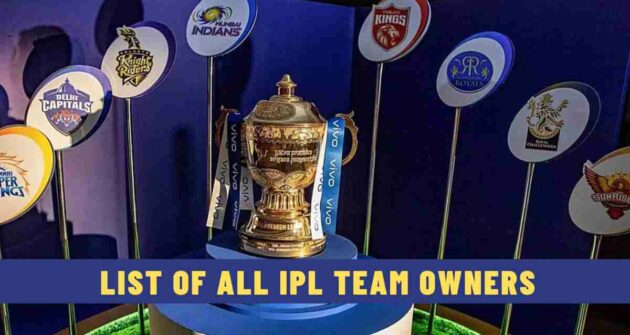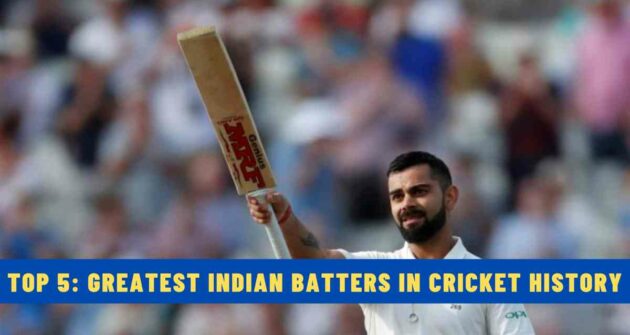Cricket is gaining a stronghold outside of the Test-playing nations, thanks to the short and crisp T20 format. The rise in popularity has materialised with the sport making a comeback at the Olympics.
But if you are someone new to cricket, it might be confusing to understand the sport. Thus, it’s important to know the basics.
In this article, let’s get to know the basics of cricket.
Table of Contents
The Basics of Cricket
First things first, cricket is a team sport played between 2 sides of 11 players each. Both teams take their turns to bat and bowl in a cricket match, with the aim of scoring more runs than the other side.
Professional cricket matches take place on circular or oval-shaped cricket grounds, with a 22-yard pitch situated in the middle. The pitch is where all the action unfolds.
Apart from teams and players, bat, ball, and stumps are at the heart of the game. Now, let’s get familiar with these and other playing equipment.
Cricket Equipment
Bat: The bats are made of piece of wood, like English Willow or Kashmir Willow. They are used by batters to score runs.
Ball: Bowlers use a hard leather ball. It is manufactured by using cork, which is covered by leather pieces stitched together to form the seam.
Stumps or Wickets: The wickets include 3 wooden or LED stumps with 2 bails placed on top of it. There are 2 sets of wickets placed on both sides of the pitch.
Helmets: The helmets are part of protective gear used by batters, wicketkeepers, and close-in fielders.
Gloves: There are 2 types of gloves — batting gloves and wicketkeeping gloves.
Pads: Similarly, cricket pads are of 3 types — batting pads, wicketkeeping pads, and close-in fielding pads.
Now, let’s understand how the sport is played.
The Gameplay
Toss: The toss is a crucial aspect of the game, as it marks the beginning of the match. Each team nominates a player as their captain. One captain flips the coin in the air, while the other makes a call between heads and tails. The captain who wins the toss gets the option to choose between batting or bowling first. And then each team takes turns to bat and bowl in the match.
Batting: The batters are responsible for scoring runs when their team is batting. They can score as many runs as possible in the allocated overs and time.
Bowling: Each team has a few players who excel at bowling. They are asked to control the flow of the runs and dismiss batters in all legitimate manners.
Fielding: When a team is bowling, they place fielders around the ground to stop the ball from going towards the boundary ropes, grab catches, and effect run outs if possible.
This gameplay is officiated by a few match officials. Without them, a professional cricket match can’t even happen. So let’s get to know them and their roles.
Match Officials
Umpires: An international cricket match can have 4 umpires — 2 on-field umpires, a third umpire or TV umpire, and a fourth umpire. The on-field umpires have the authority to make decisions based on the match proceedings. The TV umpire is responsible for helping the on-field umpires during player reviews or umpire reviews. While the fourth umpire looks after the equipment, such as balls and wickets.
Match Referee: There’s only one match referee who observes the game from outside and ensures that the game is played within the code of conduct. Unlike umpires, the referee doesn’t have any authority to make any decisions in the match proceedings. However, they have responsibilities such as rating cricket pitches and penalising players or playing staff for any unfair play.
Now that you understand the gameplay and the match officials, let’s take a look at the different formats of cricket.
Formats of Cricket
Unlike other sports, cricket has 3 different formats, each with its own intricacies.
Test Cricket: This is the oldest and purest format of the game. It is played over 5 days, with each team playing 2 innings each.
ODI Cricket: The ODI matches last for 8 to 9 hours with 2 innings of 50 overs each.
T20I Cricket: This is the shortest version of the ODI format, with a T20 game played over 2 innings of 20 overs each.
In Conclusion
Cricket is a team sport that requires every player to put in the effort to win matches for their team. Be it batting, bowling, or fielding, each has its importance to make the sport balanced in every aspect. And irrespective of the format, cricket packs thrill and excitement that binds together players and fans alike.
Read Next | The Role of ICC in cricket











